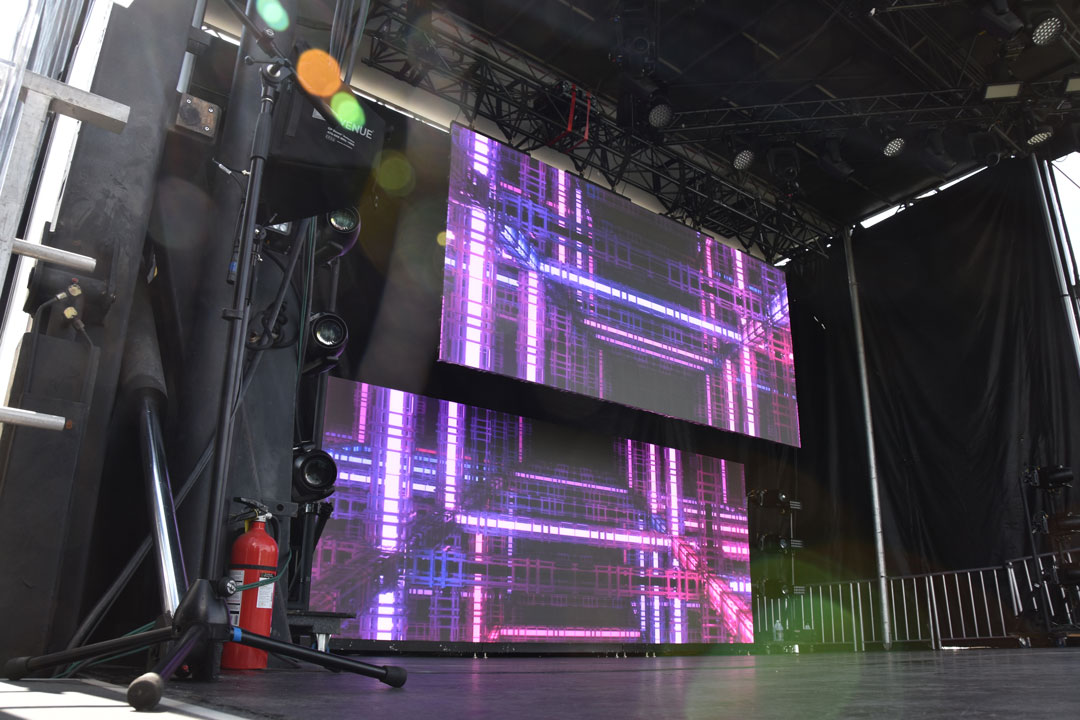Efficient Tactics for Overcoming Heat Issues in LED Display Panels
Wiki Article
LED panel panels are increasingly common for multiple applications, including advertising, functions, and electronic displays. However, excess heat is a major challenge that can impact their performance and longevity. When LED screens become too hot, they may dim, color distort, or even malfunction entirely. Understanding the reasons and applying effective strategies to manage heat can assist preserve the ideal function of LED panel screens. This article will discuss several approaches to tackle overheating challenges related with these units.
One powerful approach for stopping excess heat in LED panel screens is guaranteeing adequate airflow. It is crucial to place these panels in environments where air circulation is adequate. This can be accomplished by positioning the screens in a properly aired space or utilizing blowers to improve ventilation around the devices. Additionally, if the panels are mounted in a confined area, establishing gaps or implementing air ducts can help release heat more effectively. Maintaining a cooler ambient temperature is crucial, as it immediately affects the function and lifespan of LED panel panels.
Another way to address excess heat is through the application of heat management materials. These substances can help take in, disperse, or redirect heat away from the LED components. Heat sinks are commonly used in many electronic devices, including LED screens. These metallic elements draw heat away from the LED diodes, allowing them to function at a more secure heat level. Additionally, thermal paste or pads can be utilized to enhance heat conduction between the LED elements and the thermal sinks, further enhancing their cooling effectiveness.

Regular care and oversight of LED panel screens also play a critical part in preventing overheating. Dirt and debris can accumulate on the faces of these panels, obstructing airflow and trapping heat. Regular cleaning, using appropriate tools, will keep the panels free from blockages. Furthermore, tracking the heat level of the screens can help detect excess heat problems before they turn into critical. Using temperature sensors can provide valuable data, allowing users to take corrective action if the panels begin to exceed safe operating temperatures.
The led video wall rental services use of advanced technology can also help tackle excess heat issues in LED panel screens. Many contemporary LED screens come fitted with built-in heat control systems. These systems can instinctively modify the brightness of the display based on the temperature, reducing heat generation when necessary. Additionally, program solutions can track the functionality of the screens and provide notifications if excess heat is detected. Incorporating these technologies can significantly enhance the durability and dependability of LED panel screens.
In summary, controlling excess heat in LED wall panels is essential for guaranteeing their functionality and lifespan. Implementing strategies such as ensuring adequate ventilation, utilizing thermal management materials, conducting routine care, and employing advanced technology can help mitigate overheating issues. By implementing these preventive steps, users can enjoy the full benefits of LED panel screens while minimizing the risk of heat-related problems. This method not only enhances the performance of the panels but also adds to a much eco-friendly and efficient use of devices in multiple uses.